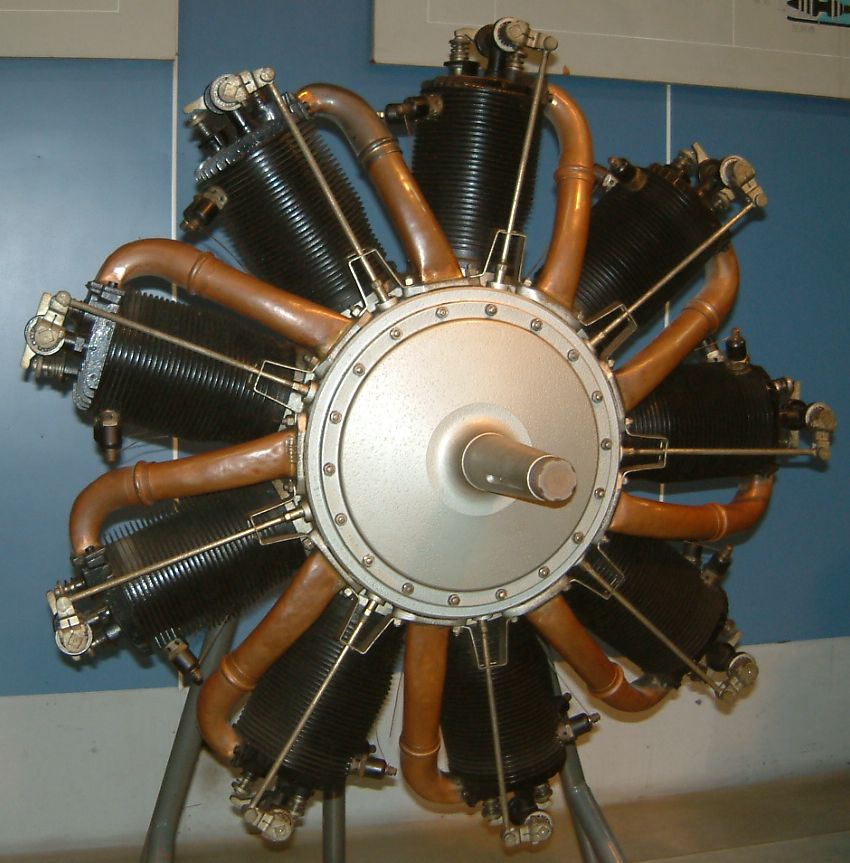At that price you should snap it up in a heartbeat. It's less than 1/10 the cost of the first soap wrapping machine model we used to test the skills of potential production line mechanics. The "wrapping" machine was a model of one originally used at Procter & Gamble to wrap bars of soap in a paper package for retail sales. It had all sorts of cams, gears, and levers that had to be perfectly timed for it to cycle a plastic block through the process. The machine flipped the block over several times and reoriented it so the paper could be folded around it. The original model cost in the $3,500.00 range with later models costing nearly $10,000.00. It seemed like a lot of money for testing mechanical skills, but those who passed the test didn't have any problems diagnosing and repairing production machine problems.
Here's a link to a newer version of the machine we used. I'll bet the cost has risen since the 1990's when we bought our latest one.

 en.wikipedia.org
en.wikipedia.org



